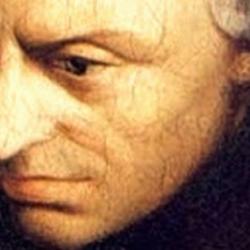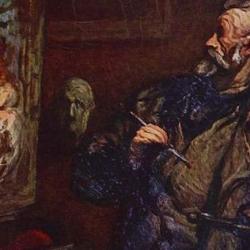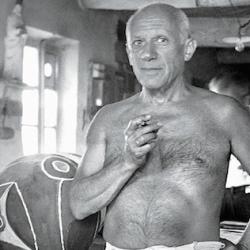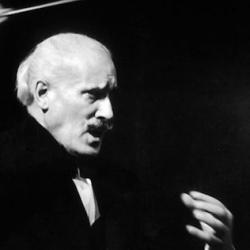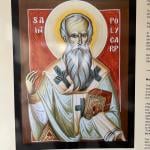Kuyper endorses poiesis , then waxes quasi-Platonic: “You are familiar with the question, already mentioned, whether art should imitate nature or should transcend it. In Greece grapes were painted with such accuracy that birds were deceived by their appearance and tried to eat them. And this imitation of nature seemed the highest ideal to the Socratic school. Herein lies the truth, all too forgotten by idealists, that the forms and relations exhibited by nature are and ever must remain the fundamental forms and relations of all actual reality, and an art which does not watch the forms and motions of nature nor listen to its sounds, but arbitrarily likes to hover over it, deteriorates into a wild play of fantasy. But on the other hand, all idealistic interpretation of art should be justified in opposition to the purely empirical, as often as the empirical confines its task to mere imitation. For then the same mistake is committed in art as often committed by scientists when they confine the scientific task to the mere observation, computation and accurate report of facts.”
Here is the Platonic part:
The purpose of art is not merely to “observe everything visible and audible, to apprehend it, and reproduce it artistically, but much more to discover in those natural forms the order of the beautiful, and, enriched by this higher knowledge, to produce a beautiful world that transcends the beautiful of nature.”
Not that Kuyper gives a Platonic argument in favor of this idea of artistic vocation. The reason why art on Calvinist terms aims to remind us of a beauty lost and entice us to desire a beauty future is that Calvinism “realized, more clearly than Rome, the hideous, corrupting influences of sin; this led to a higher estimation of the nature of paradise in the beauty of original righteousness; and guided by this enchanting remembrance, Calvinism prophesied a redemption of outward nature also, to be realized in the reign of celestial glory.” Thus, “Calvinism honored art as a gift of the Holy Ghost and as a consolation in our present life, enabling us to discover in and behind this sinful life a richer and more glorious background. . . . . art points out to the Calvinist both the still visible lines of the original plan and what is even more, the splendid restoration by which the Supreme Artist and Master-Builder will one day renew and enhanced even the beauty of His original creation.”
Still, Kuyper joins art too intimately with a particular conception of beauty, and it is somewhat hard to see how one fits the darkness and ugliness of a world-in-process of redemption into his theory of art. It is also hard to see how Kuyper could find any artistic merit in art that depicts the darkness precisely to shock us with the ugliness of a world under the grip of sin.


